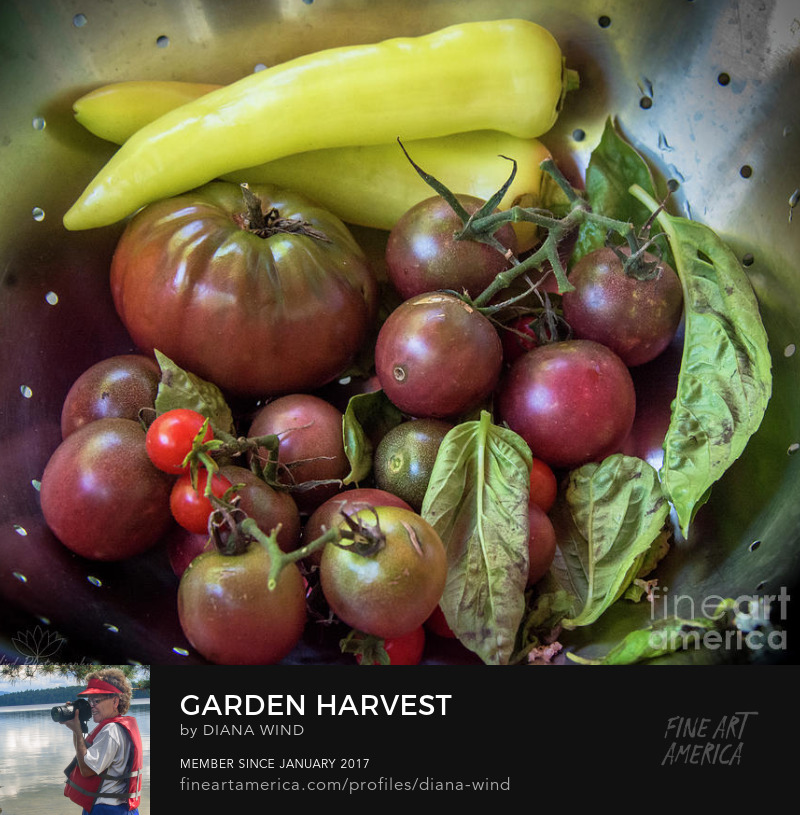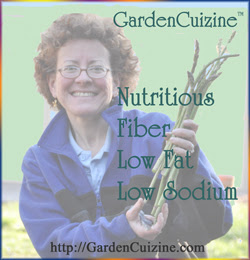Eat Right with Color!
Dark Green Leafy Nutrition

Related Links
Dietary Guidelines for Americans 2010
My Pyramid Vegetables Food Group
Swiss Chard Recipes
Swiss Chard and Sweet Potatoes
Baked Swiss Chard Stems
Blog Article Copyright © 2011 D.Wind. All rights reserved.
Dark Green Leafy Nutrition
The US Department of Agriculture recommends adults eat 2 1/2 - 3 cups of vegetables a day. The amount recommended varies depending on your age, sex and level of physical activity. Eating a daily colorful variety from all the food groups, especially fruits and vegetables, will help you maintain a healthy body weight; reduce disease risks; plus, provide your body with important antioxidants and nutrients like beta carotene, lycopene, lutein, zeaxanthin, dietary fiber, iron, magnesium, calcium, copper, potassium, folate and Vitamins A, B-6, C and K.
The USDA classifies vegetables in 5 subgroups based on their nutrient content: dark green vegetables, orange/red vegetables, starchy vegetables, dried black-eyed peas and beans and 'other'. The 'other' category includes a lot of veggies, including: eggplant, cucumbers, celery, cauliflower, mushrooms and asparagus. Chard falls in the dark green leafy vegetable category along with collard greens, bok choy, butterhead lettuce, kale, mustard greens, broccoli, turnip greens, spinach, romaine lettuce, mesclun and watercress.
As you can see from the nutrition data posted above, chard is packed with dietary fiber, vitamins, minerals and antioxidants - a good reason to grow and eat this colorful veggie! Fresh, frozen or canned veggies can be prepared in a wide variety of recipes.
The USDA classifies vegetables in 5 subgroups based on their nutrient content: dark green vegetables, orange/red vegetables, starchy vegetables, dried black-eyed peas and beans and 'other'. The 'other' category includes a lot of veggies, including: eggplant, cucumbers, celery, cauliflower, mushrooms and asparagus. Chard falls in the dark green leafy vegetable category along with collard greens, bok choy, butterhead lettuce, kale, mustard greens, broccoli, turnip greens, spinach, romaine lettuce, mesclun and watercress.
As you can see from the nutrition data posted above, chard is packed with dietary fiber, vitamins, minerals and antioxidants - a good reason to grow and eat this colorful veggie! Fresh, frozen or canned veggies can be prepared in a wide variety of recipes.
Related Links
Dietary Guidelines for Americans 2010
My Pyramid Vegetables Food Group
Swiss Chard Recipes
Swiss Chard and Sweet Potatoes
Baked Swiss Chard Stems
Blog Article Copyright © 2011 D.Wind. All rights reserved.
'Eat Right with Color' is a slogan for the American Dietetic Association's National Nutrition Month® Nutrition Data calculated by Diana Wind using USDA nutrient values.































